Anxiety
There are common symptoms of anxiety that people experience in terms of feelings, behaviors, thoughts, and physical sensations. Nonetheless, it is important to remember that anxiety is a highly subjective experience. Not everyone will experience the same symptoms, nor will each person experience the same intensity of a symptom. Still, it is helpful to provide some examples of the common physical, emotional, cognitive, and behavioral symptoms of anxiety.
Physical symptoms of anxiety include:
- A feeling of restlessness
- Shortness of breath, or a feeling of choking
- Sweaty palms
- A racing heart
- Chest pain or discomfort
- Muscle tension, trembling, feeling shaky
- Nausea and/or diarrhea
- “Butterflies” in the stomach
- Dizziness, or feeling faint
- Hot flashes
- Chills
- Numbness, or tingling sensations
- An exaggerated startle response
- Sleep disturbance and fatigue
Behavioral symptoms of anxiety include:
- Avoidance behaviors such as avoiding anxiety-producing situations (e.g., avoiding social situations) or places (e.g., using the stairs instead of an elevator).
- Escaping from an anxiety-producing situation (like a crowded lecture hall).
- Engaging in unhealthy, risky, or self-destructive behaviors (such as excessive drinking or drug use to deal with the anxiety).
- Feeling compelled to limit the amount and scope of one’s daily activities to reduce the overall level of anxiety (e.g., remaining in the safety of one’s home).
- Becoming overly attached to a safety object or person (e.g., refusing to go out, away from home, to school, or to work in order to avoid separation).
